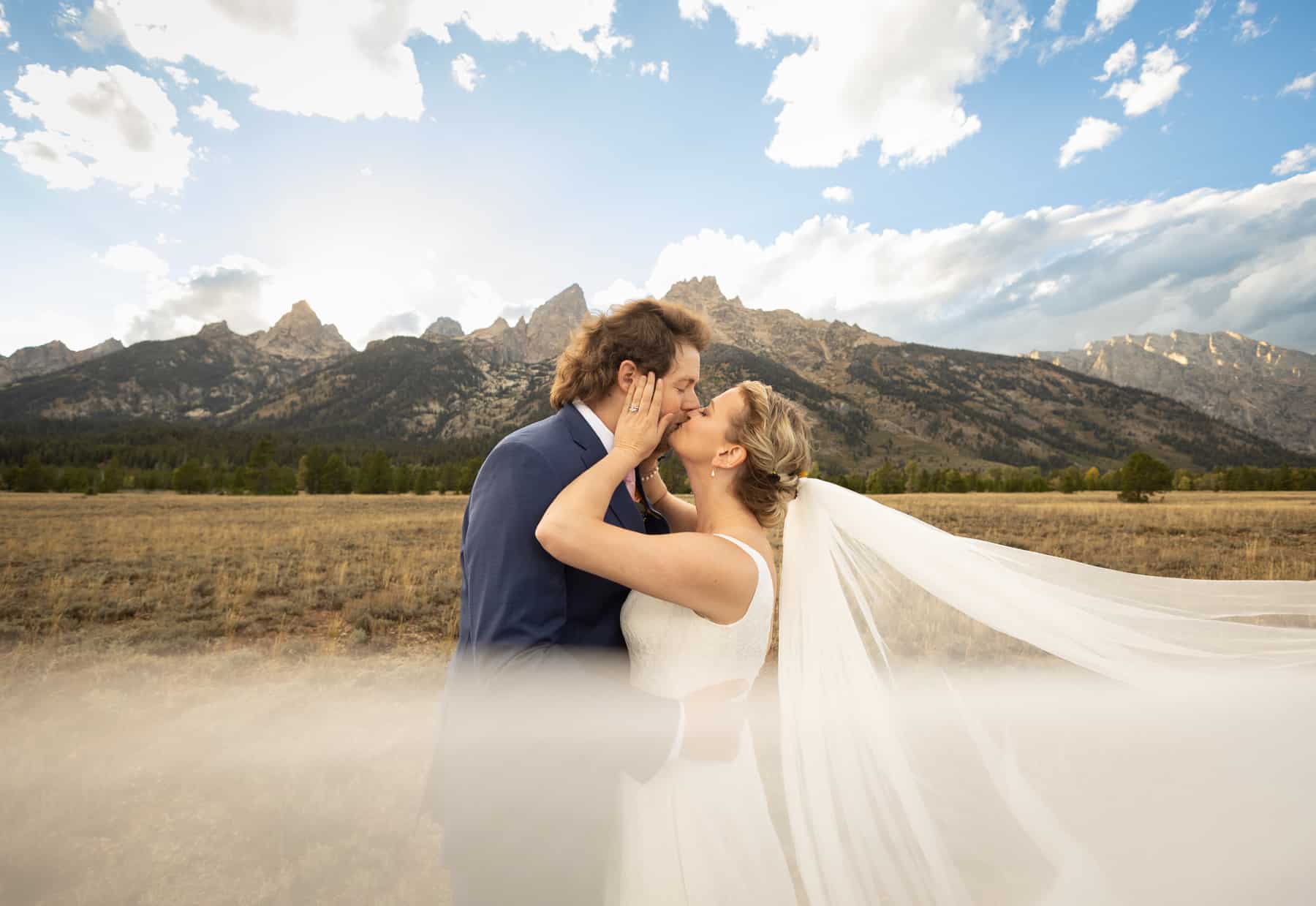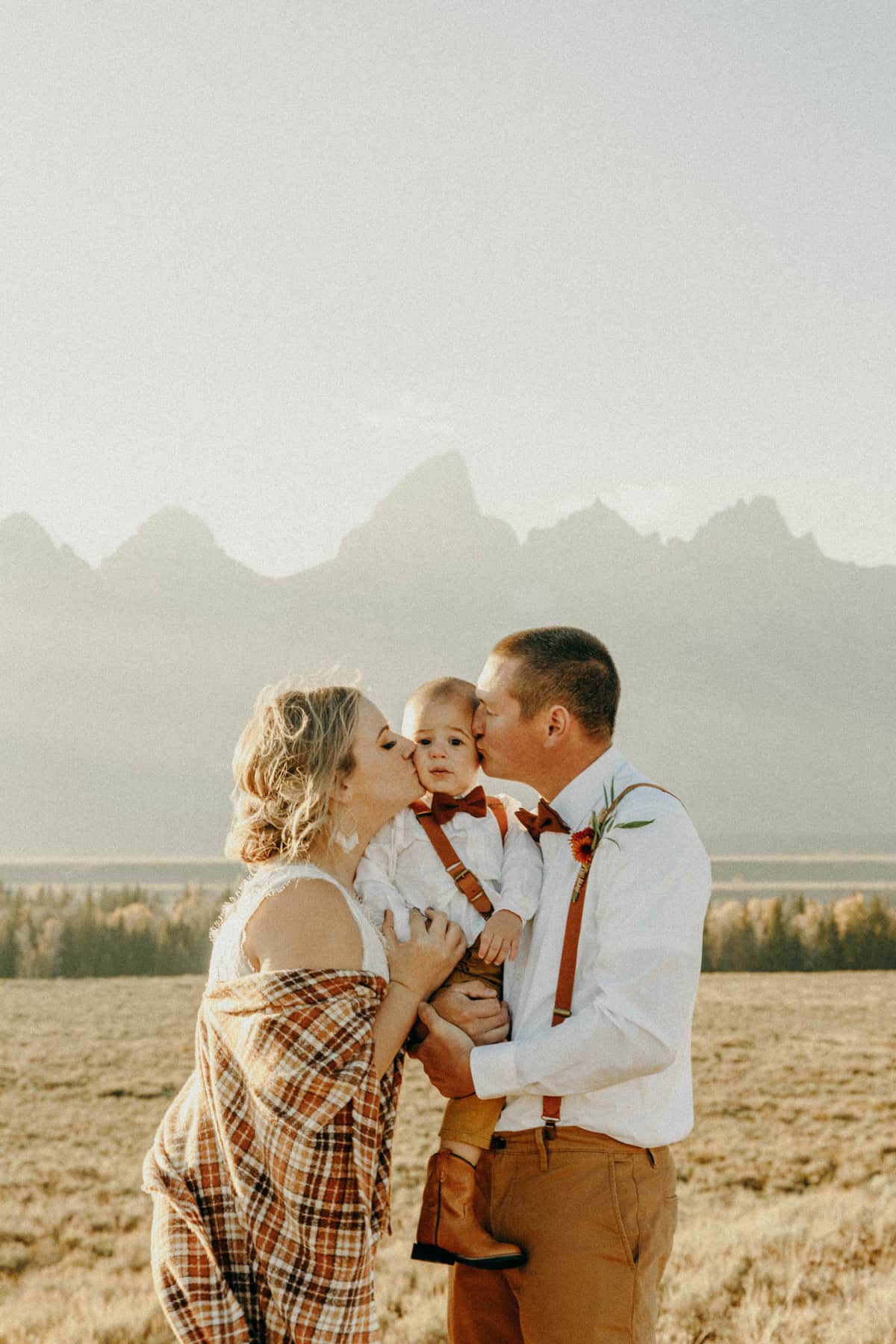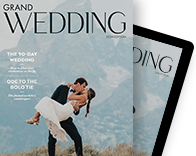For Better or Worse
How personality types illuminate a couple’s compatibility

Have you ever looked at your fiancé, spouse, or partner (probably in the heat of disagreement) and thought, How exactly are you even my type?
That said, what exactly is it that attracts us to each other, and what do others like and prefer about you?
Developed over centuries, and with roots in spiritual practice, your Enneagram Personality Type unveils your natural tendencies to be drawn to another personality and vice versa. The Enneagram (ennea, the Greek word for “nine,” and grammos, a symbol written or drawn) represents a constellation of nine dominant personalities articulated by modern psychology and internationally recognized as a powerful tool for self-discovery.
Each Enneagram type is driven by essential motivations, needs, and fears. These needs give rise to strengths and weaknesses and guide a person’s interactions with others.
The Enneagram reveals how a person’s dominant type also pulls in characteristics of its “wing” or adjacent types, as well as how we might trend toward certain personalities when we’re content (the most productive and compatible), or when we’re stressed (reactive and destructive).
The nine types are also arranged according to their motivating center of intelligence: the head (intellect), heart (emotion), or body (gut). These centers, in turn, point to an innate mode of relating to the world called an “instinctual variant,” like self-preservation, social, or sexual.
Maybe your fiancé is the frugal one in the relationship, always worrying about having enough (self-preservation). And maybe you wear your heart on your sleeve, navigating the world by your strongest emotions.
You get the idea.
But, how do you dive into compatibility?

The best way to get started is to take an introductory Enneagram test online, says Carrie Kirkpatrick, Wyoming’s first International Enneagram Association accredited professional. She recommends the free test by Eclectic Energies (eclecticenergies.com) because it also identifies your instinctual variant.
“The key is to set aside time—10 to 20 minutes—to answer the questions as honestly as possible,” says Kirkpatrick. “We all have some tendency to answer according to how we want, or wish, to be, and that’s not what this is about.”
In other words, take time to honestly reveal the true “you” when you’re at the center of your comfort zone—pajama pants, messy bun, and all.
Kirkpatrick, along with partner Pauline Towers-Dykeman, also an Enneagram professional, help clients verify and understand their Enneagram type and explore its influence in their most valued relationships. Their Jackson-based business, Freedom Finders, also guides Enneagram training for businesses and civic organizations, and facilitates social impact philanthropy.


Kirkpatrick herself (a Type Two: The Helper personality) was introduced to the Enneagram more than a decade ago when she found herself cycling through therapy modalities to better understand her daughter, Lyla, who she learned is a Type Four: The Individualist.
“No wonder I felt like I wasn’t providing what she needed,” Kirkpatrick explains. “My natural tendency is to do more—to give more types of support—while avoiding slowing down to examine things closely, and to feel things as intensely as Lyla does. … In time, I’ve realized this is some of the best medicine for a Type Two. Lyla is—as children often are—one of my best teachers.”
While knowing your Enneagram type illuminates your innermost workings, you’re not pigeonholed by it, Towers-Dykeman explains. Instead, knowledge of our personal tendencies creates vast room for growth and connection. And for couples, this space to get to know each other on another level can create a deeper understanding when things in life get trying.
“It’s important to know that we all have all the nine [personality] types within us—we’re just oriented to our type like a North Star,” she says. “Any one type can be compatible with, and complementary to, another [as illustrated by Helen Palmer, Enneagram educator and director of the Center for Enneagram Studies, in her book.] … [Palmer’s] book catalogs the pairing of each type with the others, highlighting how each partner in a relationship might ebb when they’re challenged, and flow when they’re at their healthiest.”
“The goal is not to weaponize a type or use it as an excuse for bad behavior, especially as we relate as couples,” says Towers-Dykeman. “Instead, it’s opportunity after opportunity to be aware, to acknowledge the motivations and needs in play, and to take action. It’s the ability in the moment to say, ‘I feel this impact, I know this is important to you, and it’s my personal work to let go of my preoccupation to the degree that we can move forward, together.’”

Enneagram Personality Type Resources:
Free Tests:
eclecticenergies.com
enneagramtest.net
Books:
The Essential Enneagram by Dr. David Daniels
The Enneagram in Love & Work by Helen Palmer
Local Resources:
Freedom Finders, Carrie Kirkpatrick and Pauline Towers-Dykeman, freedomfinders.guide
